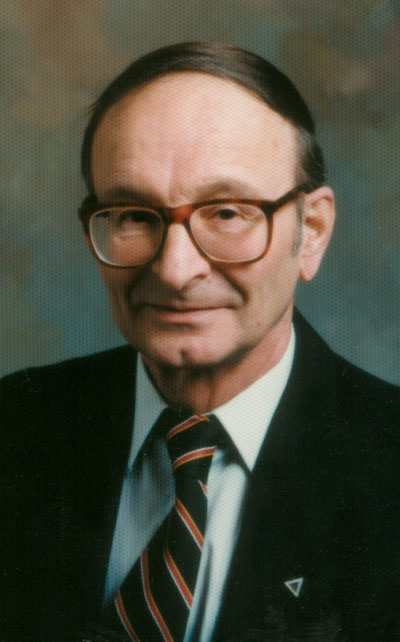
Features
Emergency & disaster management
Hot topics
Flashback 9-11: Fireside Chat
Editor’s note: This Fireside Chat column was originally published in the November 2001 issue of Fire Fighting in Canada.
September 7, 2011
By Donal Baird
Editor’s note: This Fireside Chat column was originally published in the November 2001 issue of Fire Fighting in Canada.
The public vision of the urban firefighter everywhere has now become that of the New York firefighter, with his traditional black bunker coat and leather helmet he loves. Certainly the public now has learned two things about firefighters first hand. They run into dangerous places when everyone else is running out, an old saw that was driven home before their eyes at the World Trade Center. They also know that the fire service is the kind of loyal brotherhood that develops where people work in discomfort and danger together on a daily basis, and which serves the people well.
The Fire Department of New York in action upheld the best traditions of the North American fire services right before the eyes of the world. Looking closely at the television coverage fairly early on, the names of a number of different fire departments could be seen on emergency vehicles on the scene. Help was effectively marshalled from afar. It showed that even the huge Fire Department of New York recognized the potential value of calling upon its neighbours.
The fire service has become a player in what is called “a new kind of war,” a struggle of a non-traditional kind. Its length, outcome and spread are an undetermined quantity. The world has changed overnight, permanently, they say. Change in the role of the local fire service is certain. The variety in terrorism – big-time and small – and its form, will determine this role. It may involve big fires or little bacteria, and all kinds of things in between. Much will be expected of the fire service. But that is not such a big change – is it?
The big war may be long as we are told, but I would not bet on it. If and when ringleaders are smoked out, crises often abate. But it is certain the world climate has been altered.
Many reports and observations on New York’s experience will surely descend upon the fire service at large and will be perused for useful lessons. For example, do not put your city’s overall disaster command centre on the 23rd floor of a 44-storey highrise building in a densely occupied district.
Fire departments will be scrambling for equipment, training and more personnel. Some of this demand may be ill thought out or even opportunistic. Obviously, where a local urban fire service was already weak for its job, it should be brought up to scratch. Where forces are already strong, closer determination of needs is in order, in accordance with responsibilities to be spelled out.
Co-operation through mutual and automatic aid is widespread already and specialized disaster teams are being developed, mainly on local impetus. The rushing of unbidden and even forbidden volunteer help over long distances to offer assistance in major emergencies is not to be encouraged. Such action has been known to cause confusion on the scene and may even smack of grandstanding. There ought to be a specific request and preferably previous planning for all inter-jurisdictional responses.
There is no doubting senior levels of government will be involved in our new fire-emergency world. Bureaucrats and politicians will hand out orders and opinions. Money will be spent. New organizations will be brought into play in areas involving fire service responsibilities. Will the Canadian fire service be heard in this, or will it, in its fragmented structure, be trampled on and then left to pick up the pieces in a real emergency? Or will new expertise on handling terror strikes, wherever it comes from, be dovetailed with the first-responder services of local fire departments, already in place, who have been accustomed to this role?
There should certainly be fire-service input into planning and organization for handling the results of terrorism. However, the service needs to be professional, strong and unified in its voice. Where is that voice in Canada today? This may be a time when there will come a significant federal government role in fire service matters. Their money may talk loudly. The Americans have their FEMA, finally a strong voice in Washington. We have nothing beyond budget-enfeebled provincial and territorial fire marshals and commissioners.
Constitutionally, the feds have no jurisdiction in local fire protection, but during the Second World War and the Cold War they were there in emergency measures with their pocketbook. Of course, they will say where they spend “their” money. If it involves the fire service and its duties, there must be fire-service input for there to be effective and practical results.

|
Fire-services consultant and author Donal M. Baird analyzed municipal fire protection across Canada for almost 40 years. From 1963 to 1984, he was director of the Fire Underwriters Survey. Seconded to the National Research Council from 1978 to 1980, he conducted a study of the country’s fire-protection system for the federal government. A volunteer firefighter with Fredericton, N.B., in the 1940s, Baird is a life member of the Society of Fire Protection Engineers, the IAFC and the CAFC. He lives in Oakville, Ont.
Print this page